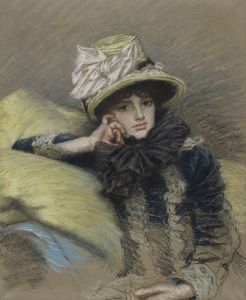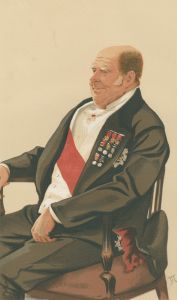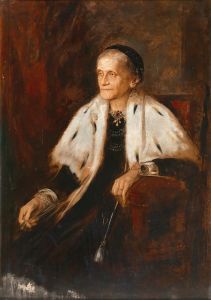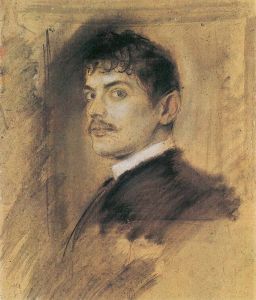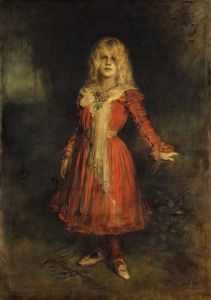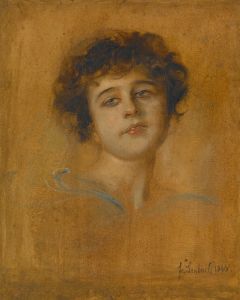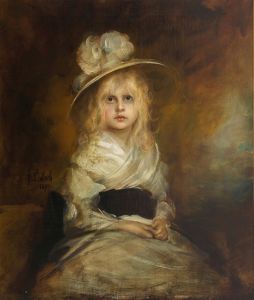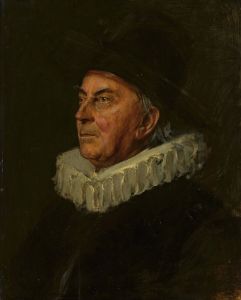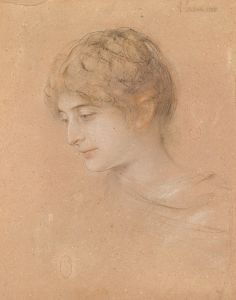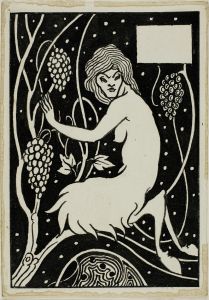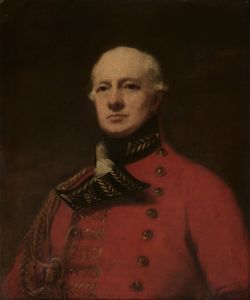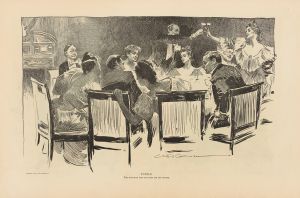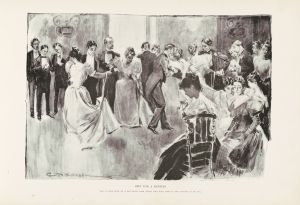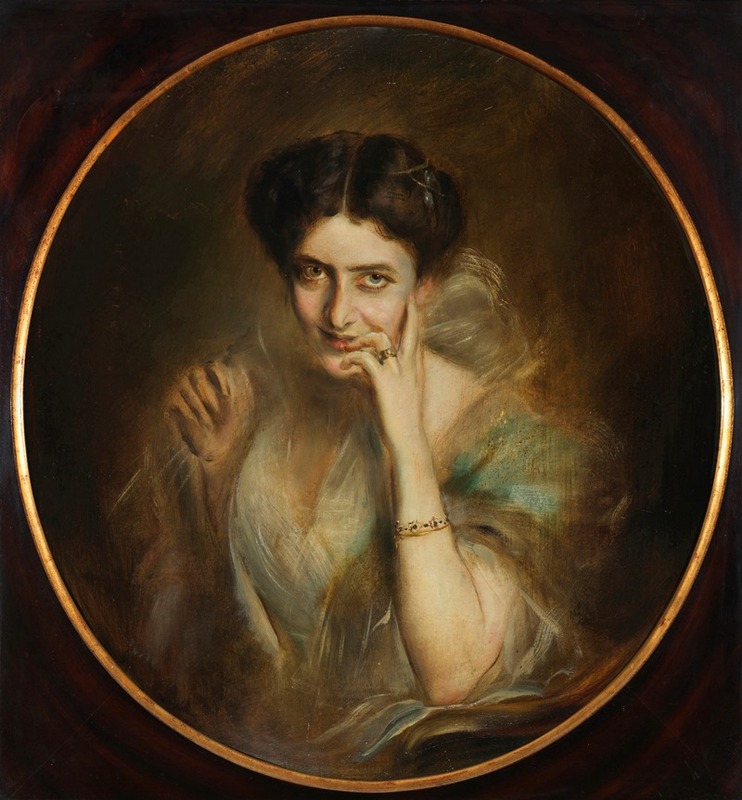
Porträt der Mary Victoria Lady Curzon von Kedleston, Vizekönigin von Indien
A hand-painted replica of Franz von Lenbach’s masterpiece Porträt der Mary Victoria Lady Curzon von Kedleston, Vizekönigin von Indien, meticulously crafted by professional artists to capture the true essence of the original. Each piece is created with museum-quality canvas and rare mineral pigments, carefully painted by experienced artists with delicate brushstrokes and rich, layered colors to perfectly recreate the texture of the original artwork. Unlike machine-printed reproductions, this hand-painted version brings the painting to life, infused with the artist’s emotions and skill in every stroke. Whether for personal collection or home decoration, it instantly elevates the artistic atmosphere of any space.
Franz von Lenbach, a prominent German painter of the 19th century, is known for his portraiture that captured the likenesses of many notable figures of his time. One of his works, "Porträt der Mary Victoria Lady Curzon von Kedleston, Vizekönigin von Indien," depicts Mary Victoria Curzon, the wife of George Curzon, 1st Marquess Curzon of Kedleston, who served as the Viceroy of India from 1899 to 1905.
Mary Victoria Curzon, born Mary Victoria Leiter in 1870 in Chicago, was an American heiress who married George Curzon in 1895. Her marriage brought her into the British aristocracy, and she became a significant figure in the social and political life of British India during her husband's tenure as Viceroy. As Vicereine, Lady Curzon was known for her charm, intelligence, and dedication to public service, as well as her efforts to improve healthcare and education for women in India.
Franz von Lenbach, born in 1836 in Schrobenhausen, Bavaria, was a leading portrait artist of his era, celebrated for his ability to capture the character and status of his subjects. Lenbach's style was influenced by the Old Masters, and he was particularly known for his use of dark backgrounds and dramatic lighting, which lent his portraits a sense of gravitas and depth.
The portrait of Lady Curzon by Lenbach is a testament to his skill in portraying the elegance and poise of his subjects. Although specific details about the painting's creation and current location are not widely documented, it is likely that Lenbach's depiction of Lady Curzon would have emphasized her status and grace, consistent with his other works.
Lady Curzon's time in India was marked by her active involvement in social causes. She was instrumental in the establishment of the Lady Curzon Hospital in Bangalore, which focused on providing medical care to women. Her interest in healthcare and education for women was a reflection of her progressive views and commitment to improving the lives of those in the colonies.
The portrait by Lenbach would have served not only as a personal memento for the Curzon family but also as a representation of the cultural and political connections between Europe and India during the British Raj. Such portraits were often used to reinforce the authority and prestige of colonial administrators and their families.
Franz von Lenbach's portraits are characterized by their psychological depth and attention to detail, capturing not just the physical likeness but also the personality and status of the sitter. His work remains significant in the study of 19th-century portraiture, offering insights into the social and political landscapes of the time.
In summary, the "Porträt der Mary Victoria Lady Curzon von Kedleston, Vizekönigin von Indien" by Franz von Lenbach is an example of the artist's mastery in portraiture, reflecting the elegance and influence of Lady Curzon during her time as Vicereine of India. While specific details about the painting are limited, its existence highlights the interconnectedness of art, politics, and society in the late 19th and early 20th centuries.





